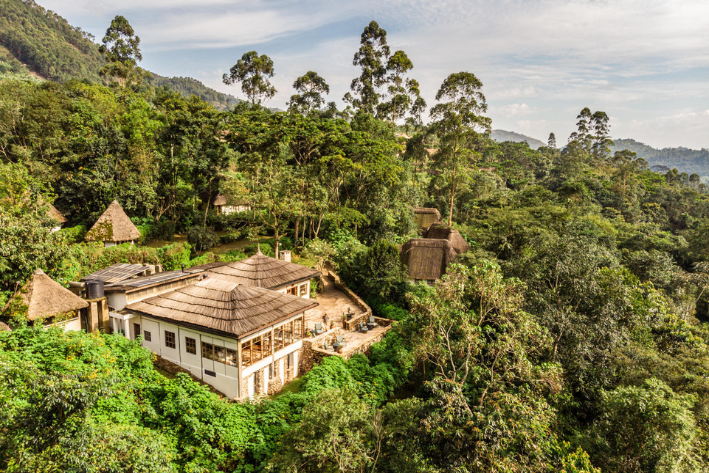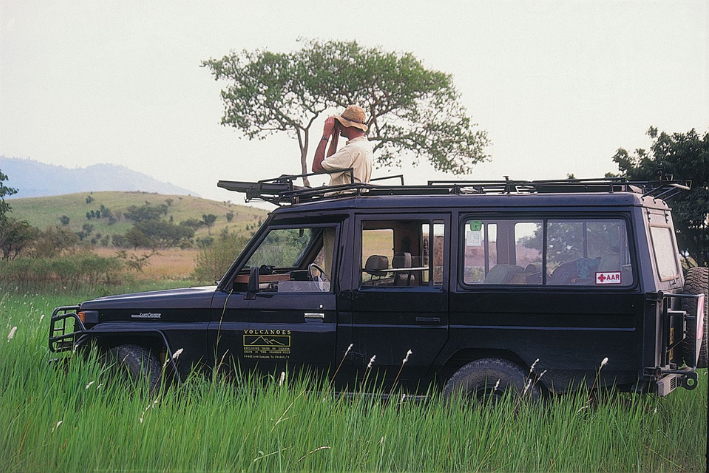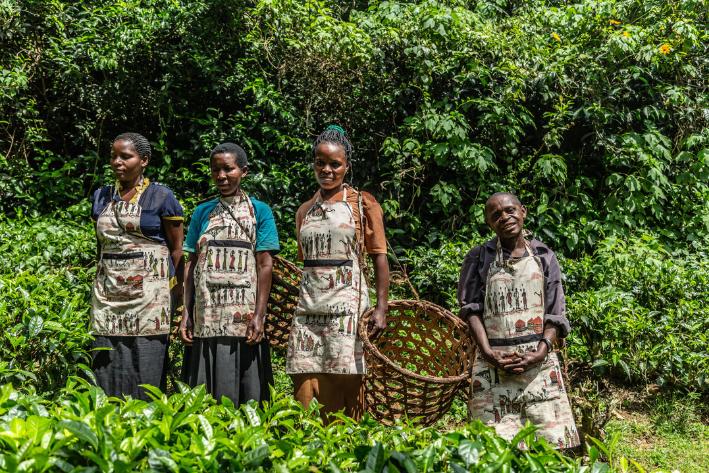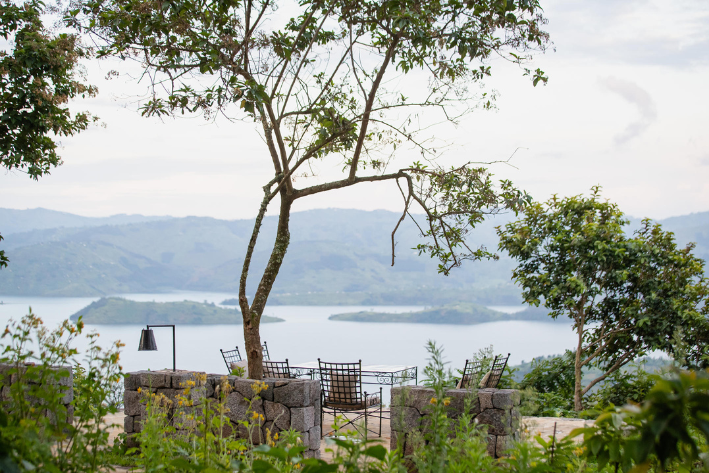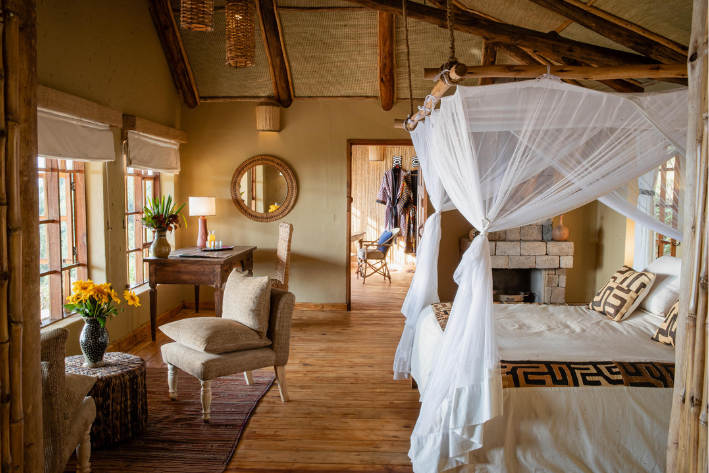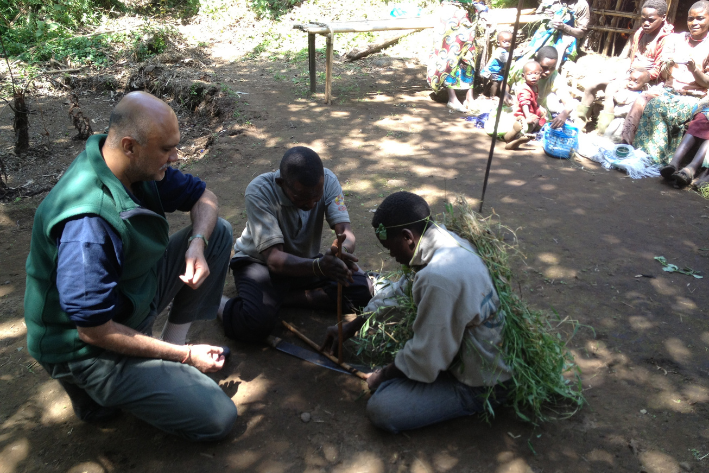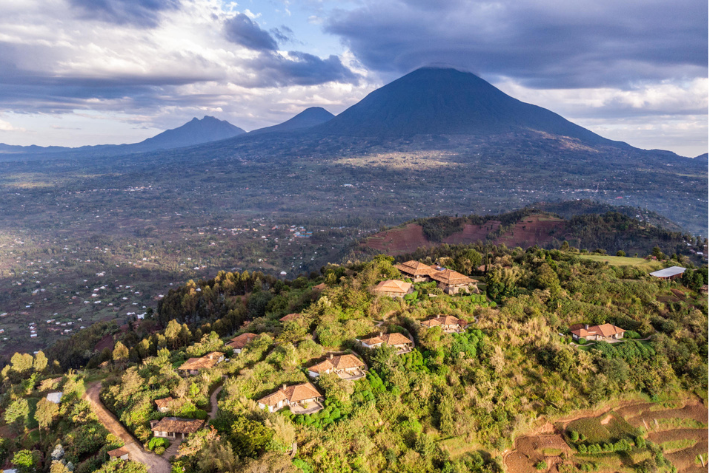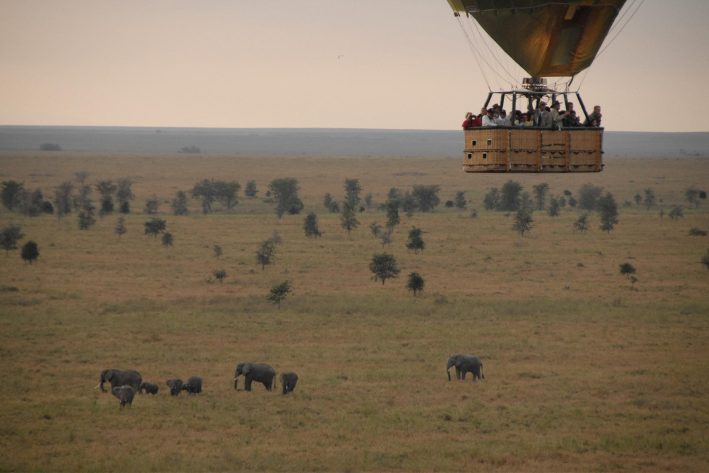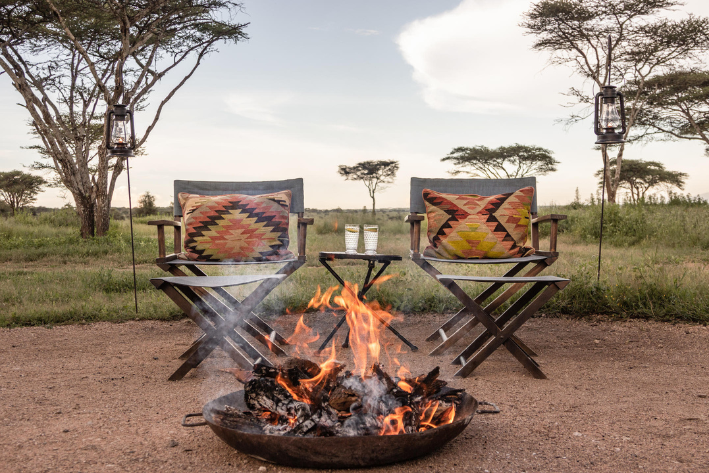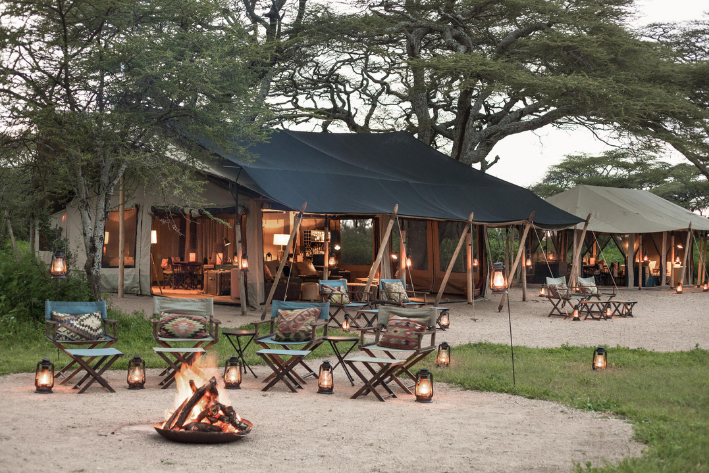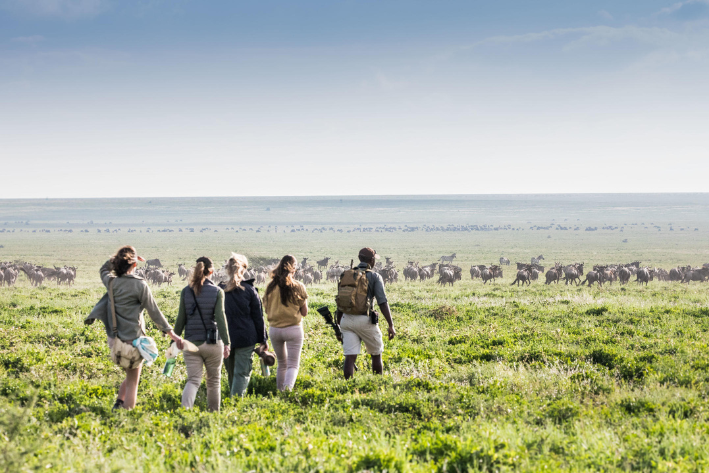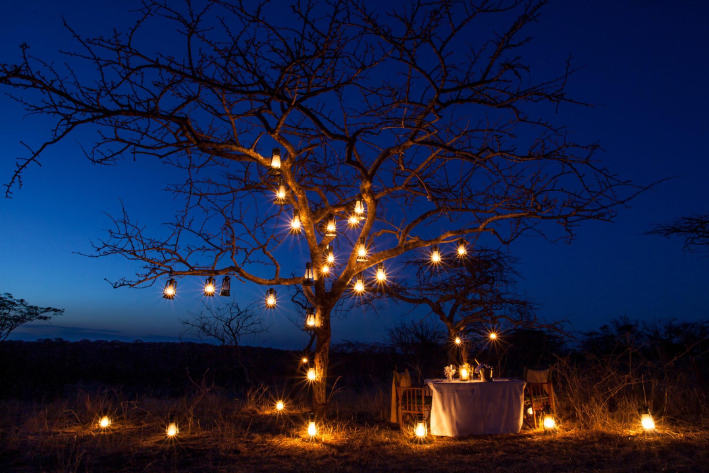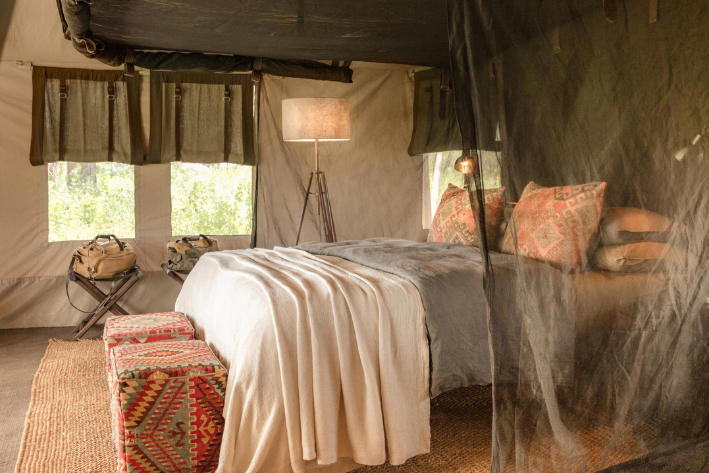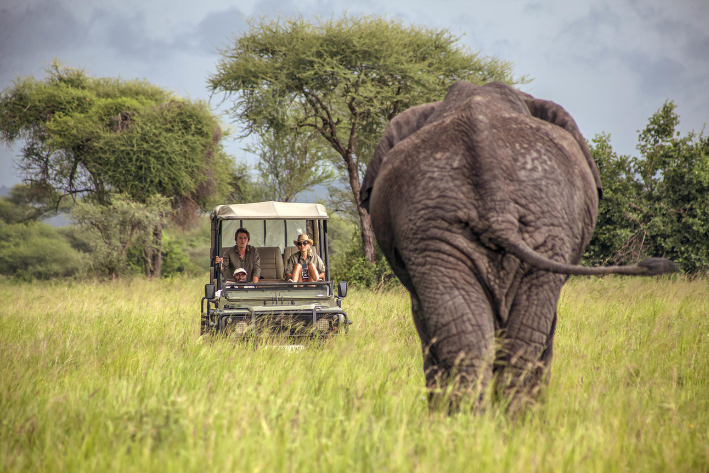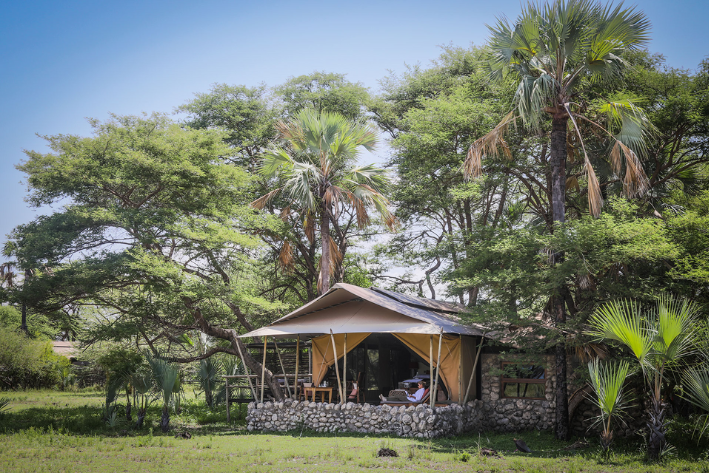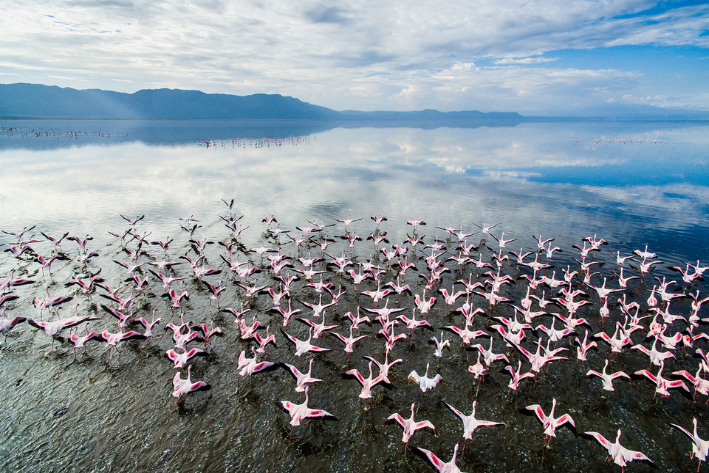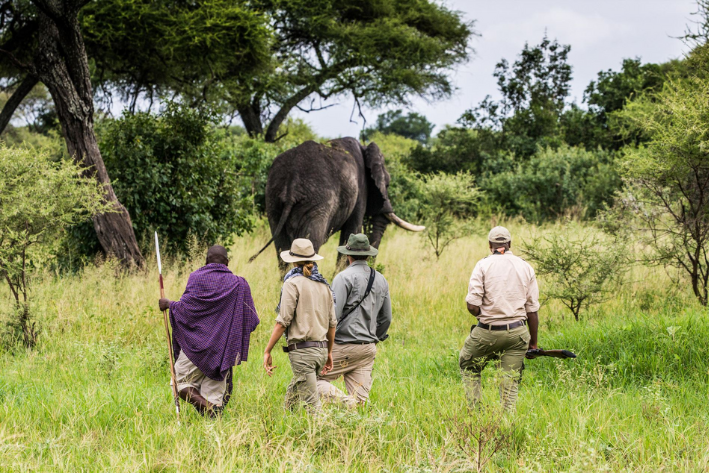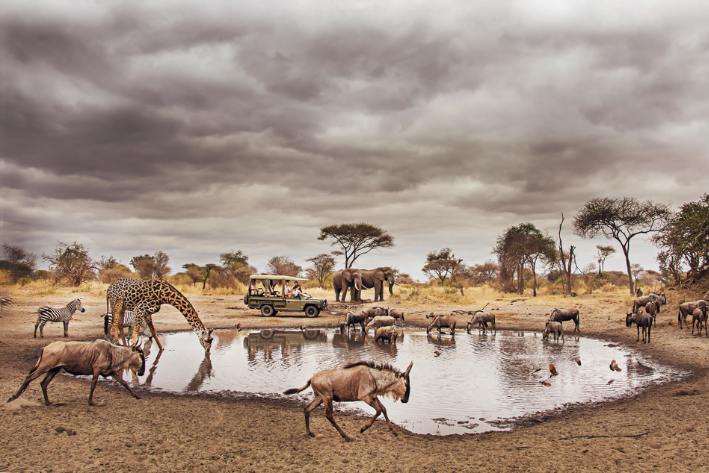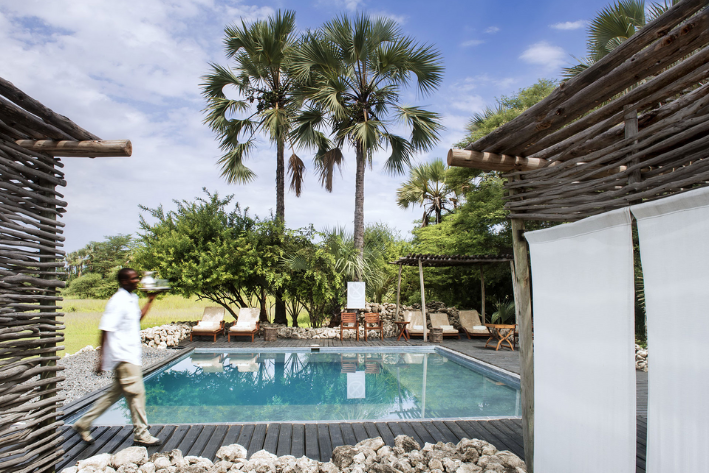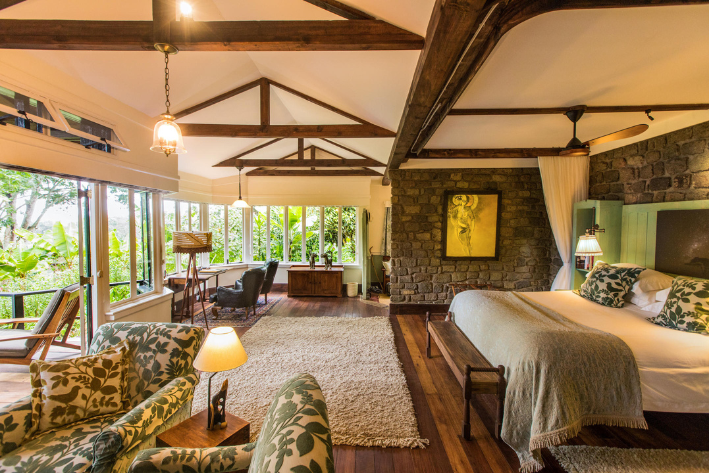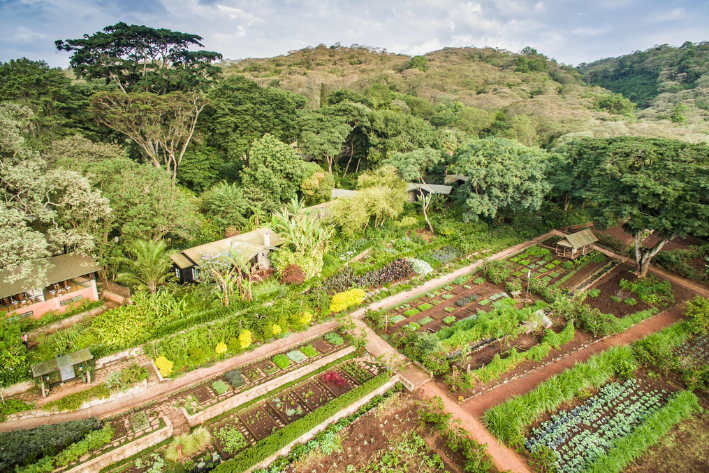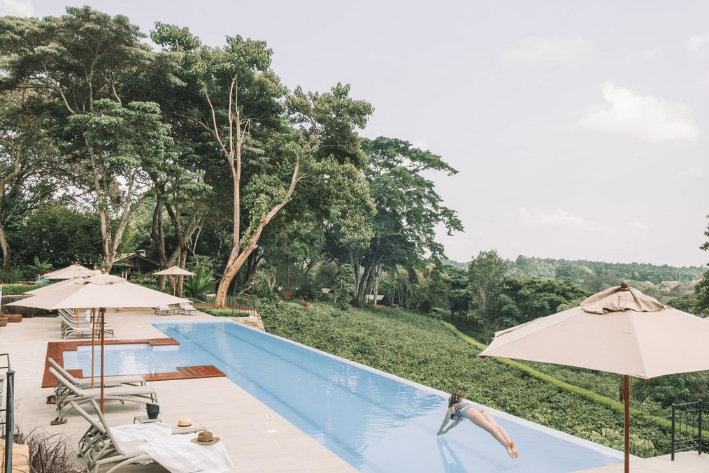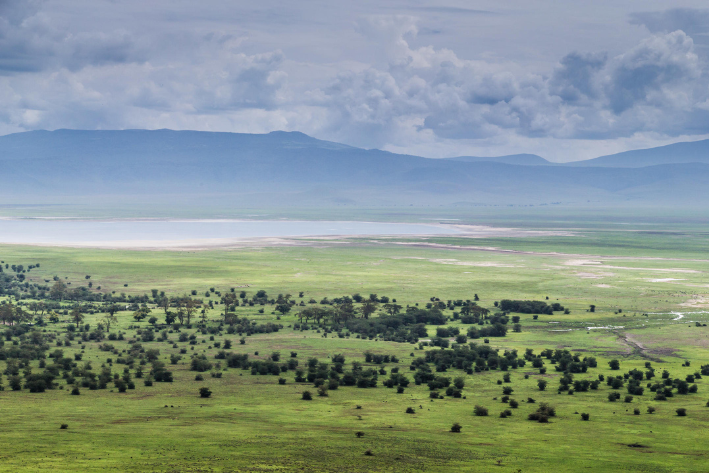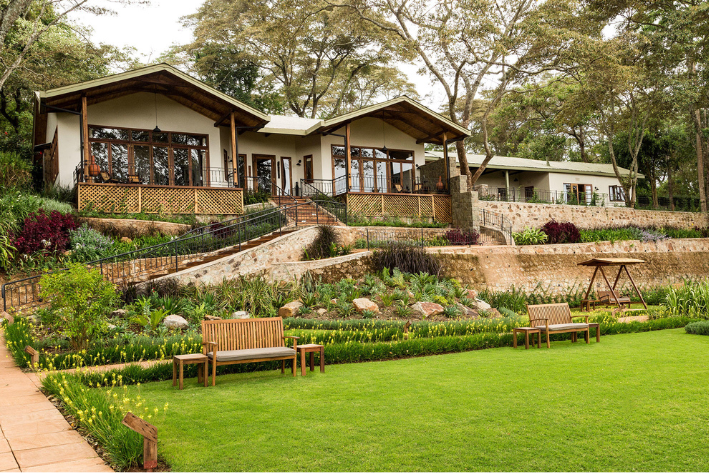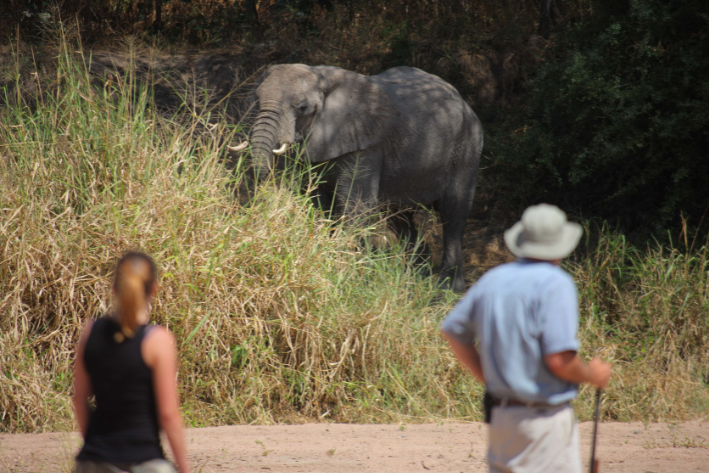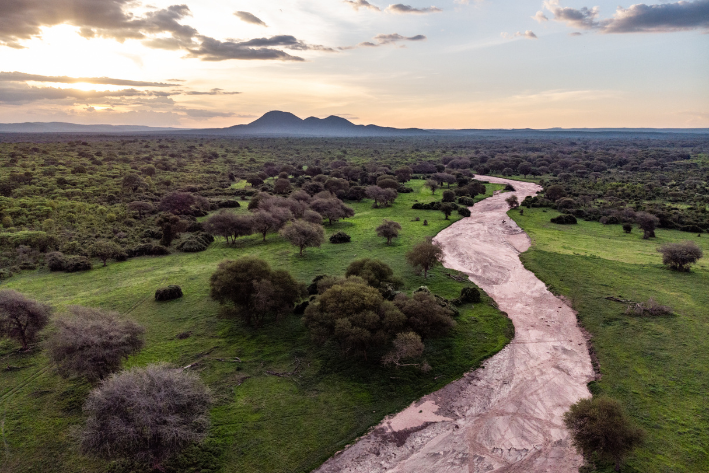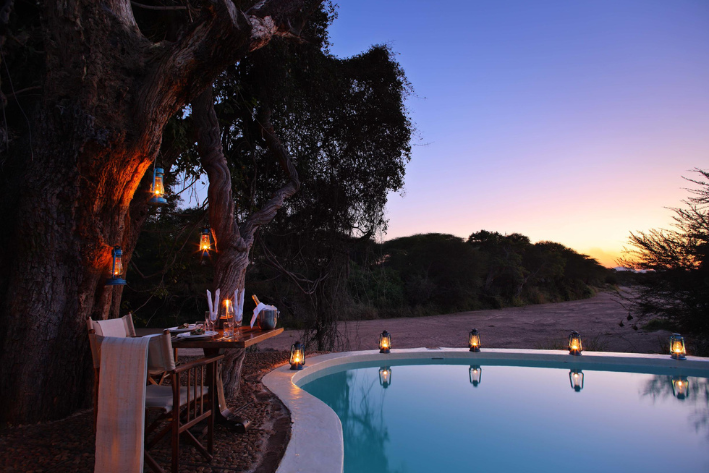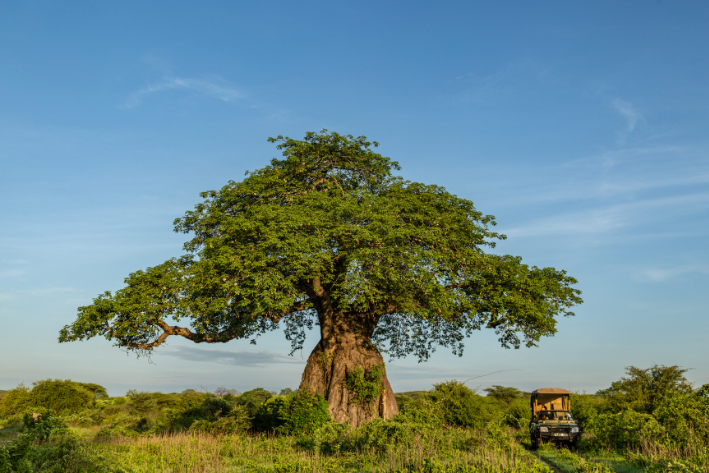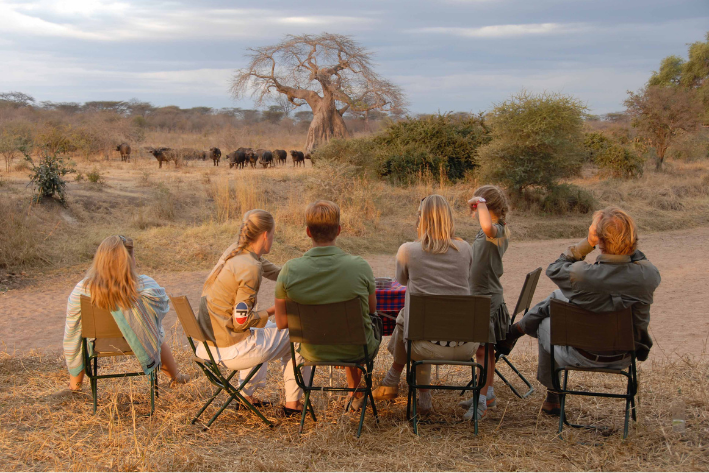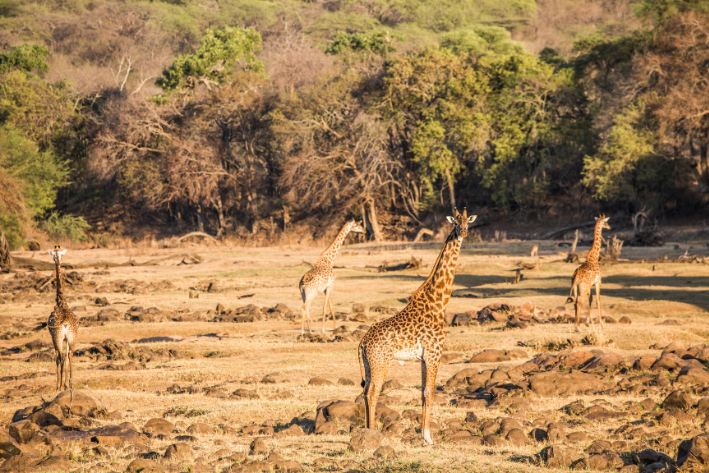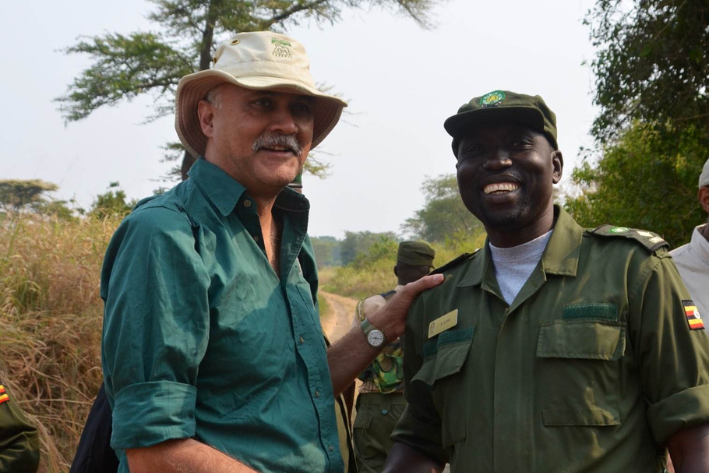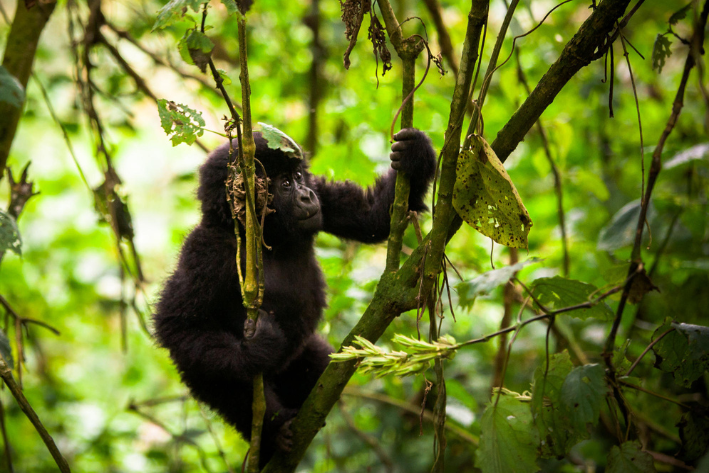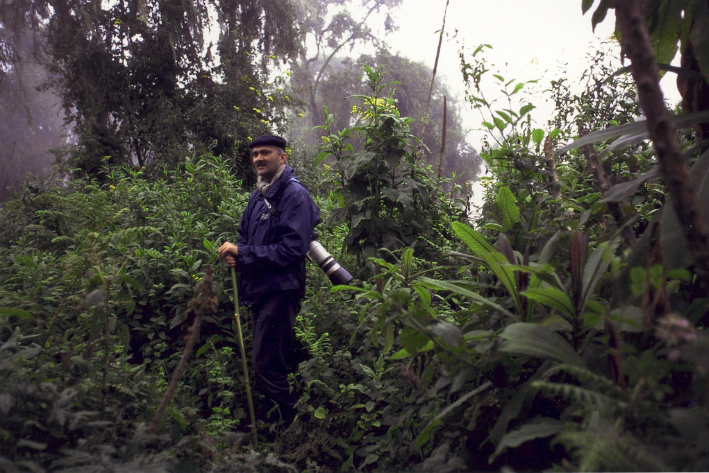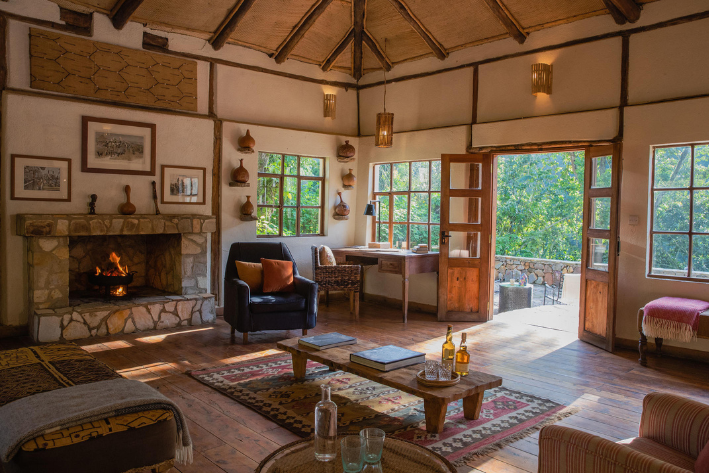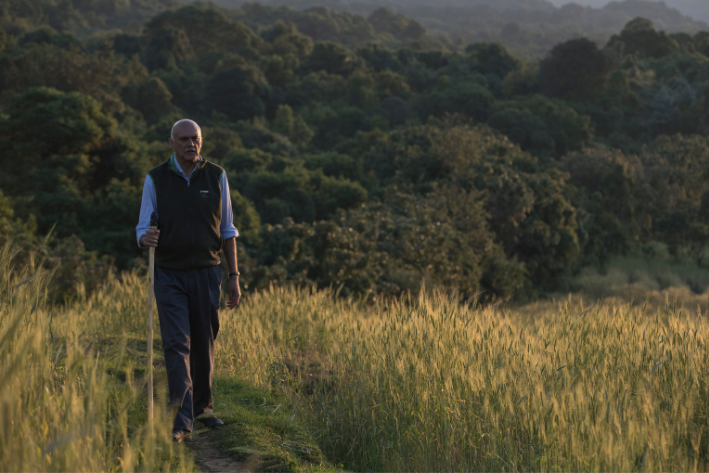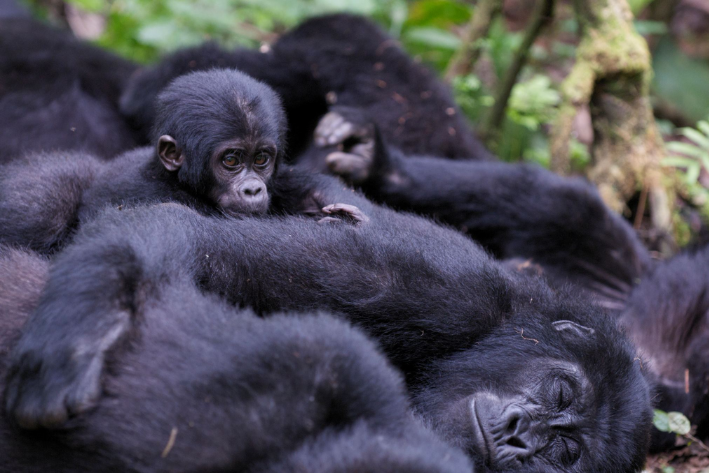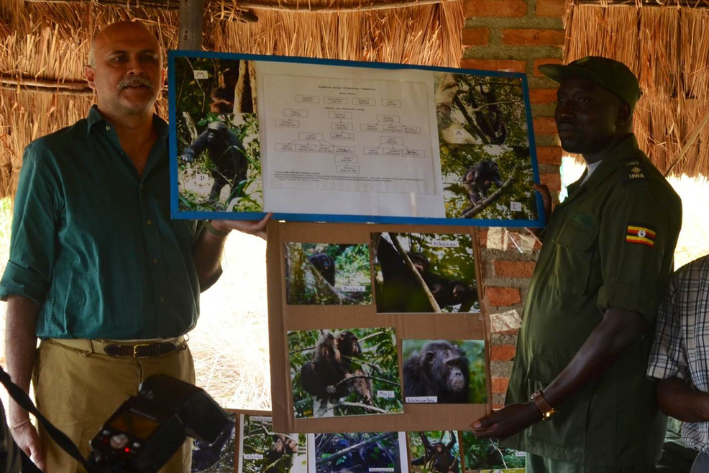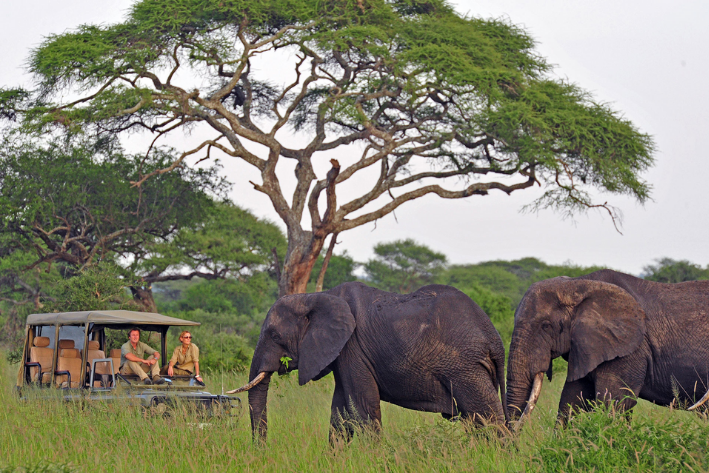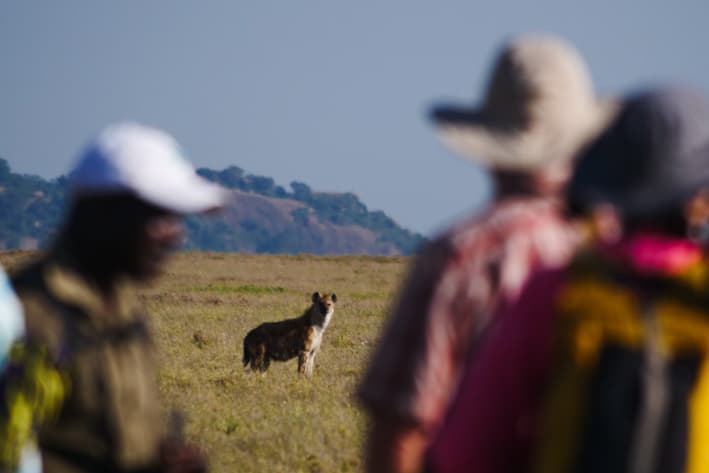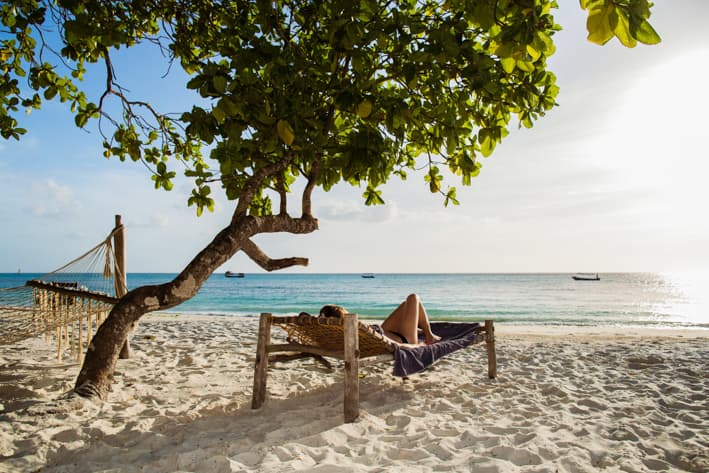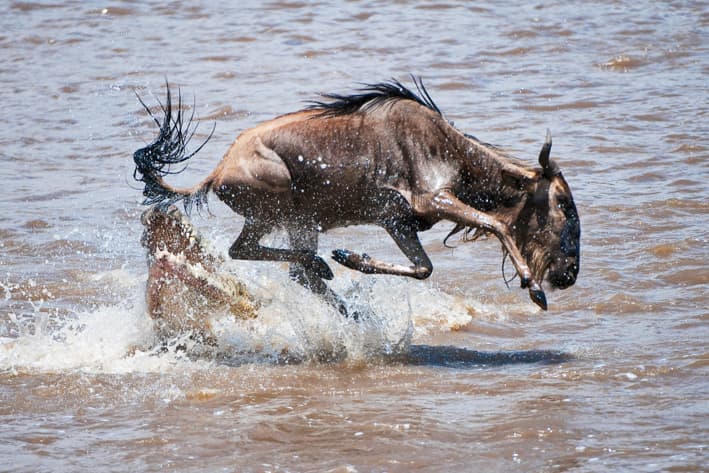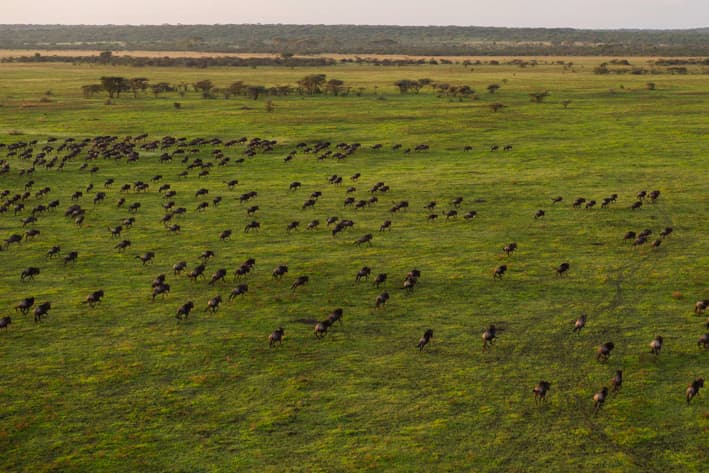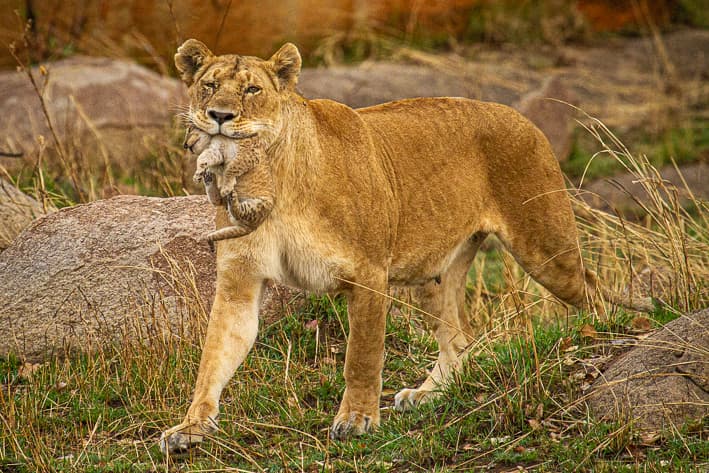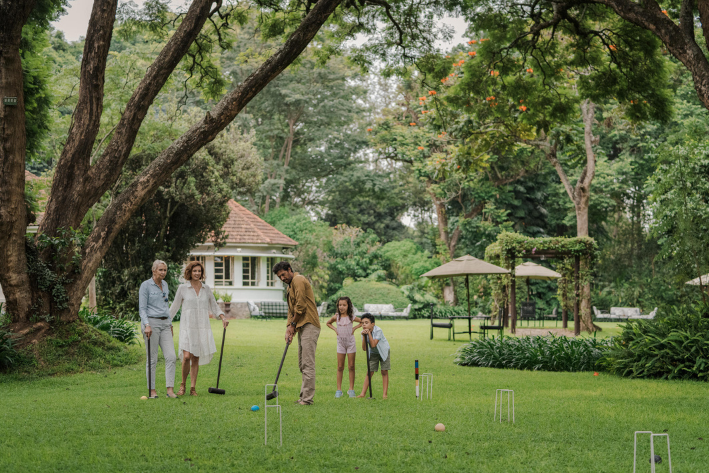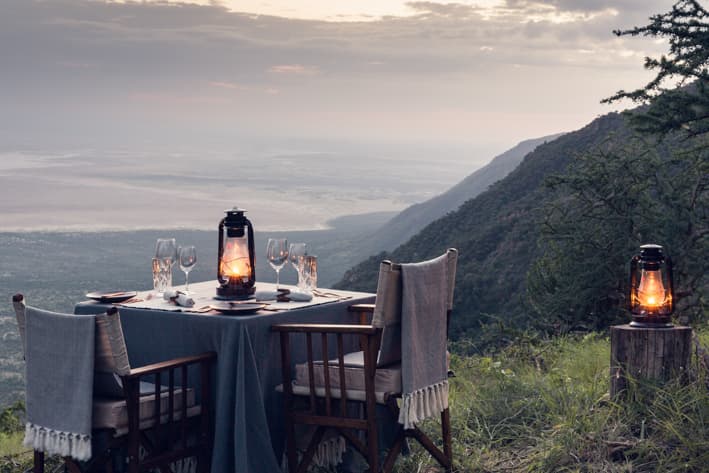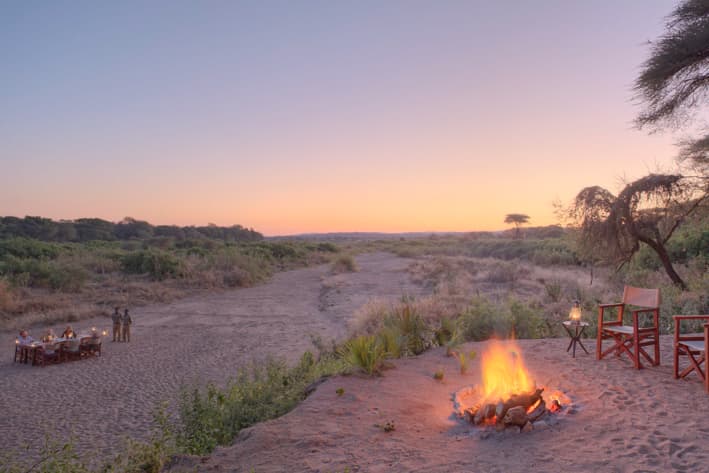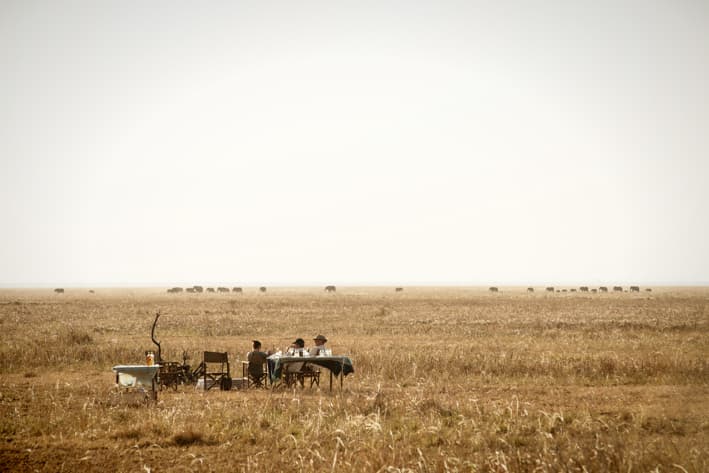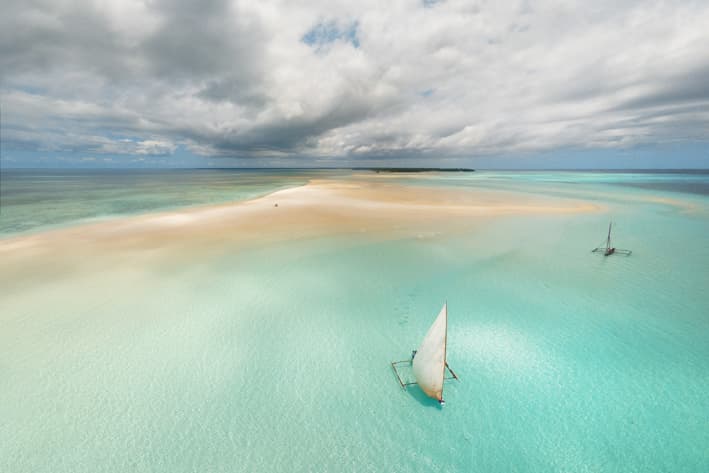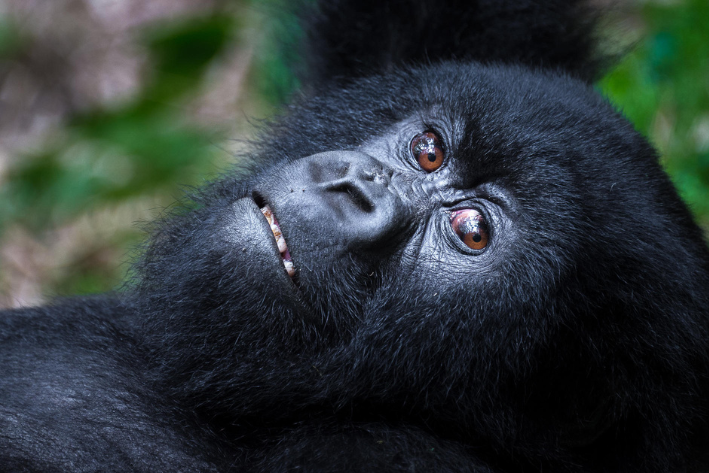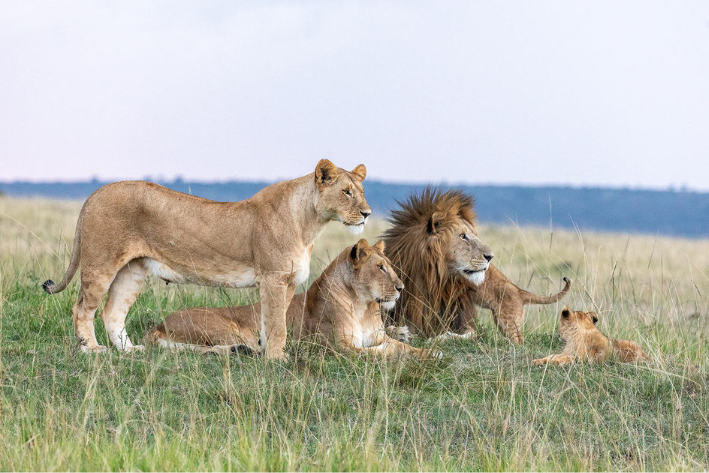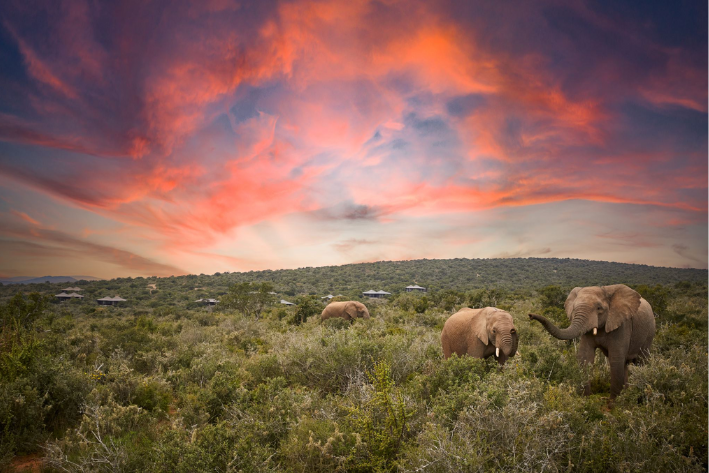The Ultimate Guide to a Safari Adventure in Tanzania
Discover the Secrets of one of Africa’s Safari Superstars
Tanzania is one of Africa’s most iconic safari destinations. Home to UNESCO world heritage sites, a variety of pristine landscapes and the world-famous Great Migration, there is SO much to do and see in this spectacular country.
But with so much to do and see, it can be overwhelming to plan a safari to Tanzania. But we’re here to help. In this blog, we’ll share the secrets of the best safari destinations in Tanzania, our favourite safari camps, a guide to choosing the best safari activities and more.
Tanzania is a land of unparalleled natural beauty and diversity, making it the perfect destination for a safari adventure. With its vast landscapes, diverse ecosystems, and abundant wildlife, Tanzania offers a truly immersive and authentic safari experience. Whether you are a wildlife enthusiast, a nature lover, or simply seeking an adventure, Tanzania is the place for you.
Tanzania boasts some of the most renowned national parks in Africa, including the famous Serengeti National Park, the Ngorongoro Conservation Area, and the Tarangire National Park, among others. These parks are home to a remarkable variety of wildlife, including the iconic Big Five – lion, leopard, elephant, rhino, and buffalo. The sheer number and diversity of animal species in Tanzania are unparalleled, making it a paradise for wildlife enthusiasts and photographers alike.
But Tanzania is not just about its wildlife. The country’s rich cultural heritage, warm hospitality, and stunning landscapes add an extra layer of charm to your safari adventure. Immerse yourself in the local culture, interact with the Maasai people, and witness their traditional way of life. From the snow-capped peaks of Mount Kilimanjaro to the turquoise waters of Zanzibar’s pristine beaches, Tanzania offers a diverse range of experiences that will leave you spellbound.
When considering where to go on your safari to Tanzania, generally the best areas to visit are divided into the northern circuit, the southern circuit and the western circuit. There are regular flights within Tanzania, so it is easy to combine the different areas within the same safari, but flight times can be long if you decide to do this.
Lake Manyara National Park – Northern Circuit
Lake Manyara is a small park located in the Great Rift Valley, which spans from Ethiopia all the way to Malawi. Lake Manyara National Park has beautiful landscapes dominated by a large lake and forested escarpment. The wildlife in Lake Manyara is phenomenal, and includes elephants, buffalo, leopards and the famous tree climbing lions. It is also home to huge flocks of flamingos who congregate on the shores of the lake.
Tarangire National Park – Northern Circuit
Tarangire National Park is just two hours away from the city of Arusha (where many international flights into Tanzania land). Although it is often overlooked in Tanzania’s northern safari circuit, Tarangire is offers something completely different to its other northern circuit siblings, and because of this is well worth a visit. It is a large park more similar to Ruaha and Nyerere in the south than any of its surrounding parks, which means it offers a completely different experience without having to travel too far.
Tarangire is known for the enormous herds of elephants that frequent the only water source in the area – the Tarangire River during the dry season. It is also home to a good predator population, including lions, cheetahs and leopards.
The Ngorongoro Crater – Northern Circuit
The Ngorongoro Crater is one of the 7 natural wonders of the world. It is the largest unbroken caldera in the world, left behind after a volcano erupted almost two million years ago.
Affectionately known as “Africa’s Garden of Eden”, wildlife viewing on the crater floor is phenomenal. Here you can see Africa’s Big 5 (lion, leopard, elephant, rhino and buffalo), as well as other animals like hyenas, zebra, cheetahs and more. One of the things that makes the Ngorongoro Crater so special is that it is home to the rare black rhino. All this wildlife fits into the crater floor of approximately 20km (12 miles) in diameter, making this unique ecosystem constantly buzzing with action.
The Serengeti National Park – Northern Circuit
Known around the world has home to Africa’s iconic Great Migration, Tanzania’s Serengeti National Park does not disappoint. No safari to Tanzania would be complete without a visit to the Serengeti.
Made up of vast grasslands dotted with rocky outcrops, riverine woodlands and mighty rivers, the Serengeti offers diversity in landscape. The giant wildebeest and zebra herds move north throughout the year, following the rains that bring fresh grazing. Enjoying the perfect Migration Safari is all about timing your travels correctly, but aside from the millions of wildebeest and zebra that frequent the park, there are usually excellent predator sightings too, especially lions and cheetah.
We always recommend staying in at least two regions of the Serengeti National Park on your Serengeti Safari so that you can not only see the migration, but also get to experience the other wildlife of the park. Generally, when the migration is in an area, the other animals are pushed out due to the sheer numbers of wildebeest and zebra. By visiting different regions of the park, you have the opportunity to experience these other animals which include the Big 5.
Accommodation in the Serengeti comes in all shapes and sizes, and there is something for every budget. There are a selection of mobile camps to choose from that follow the migration through the park, setting up in different areas at different times of the year. If that’s not your thing, choose from some of the permanent luxury lodges within the Serengeti. There is plenty to choose from, and we’ll advise you on the options based on your budget and travel preferences.
Nyerere National Park – Southern Circuit
The Nyerere National Park is one of Africa’s largest wildlife reserves. It is not nearly as well-known as some of its northern cousins, meaning that Nyerere is a lot quieter. What it lacks in crowds, it most certainly makes up for in wildlife!
The Rufiji River attracts many animals as it is one of the only sources of water in the park. Keep an eye out especially for wild dogs in Nyerere – it is one of the best places to see them in Africa!
We especially love this park because of the adventurous nature of safaris here. Look forward to boating on the Rufiji River, morning and afternoon game drives, walking safaris and even some fly-camping.
Ruaha National Park – Southern Circuit
The Ruaha National Park is the second biggest national park in Tanzania. It is almost 50% bigger than the Serengeti yet only receives a 10th of the visitors the Serengeti does. So if you’re looking for an adventurous safari away from the crowds, Ruaha is the place to be!
The Ruaha National Park is a much drier that Nyerere National Park, making it the perfect combination for a Southern Tanzania Safari. Ruaha is renowned for its large herds of buffalo which are often followed by impressive prides of lions. It’s an ideal park for a walking safari, with wide open plains, dotted with massive baobab trees.
Katavi National Park – Western Circuit
Located far off the beaten track in western Tanzania, Katavi National Park is one of Africa’s best kept secrets. This largely undiscovered gem is home to the largest herds of buffalo on earth, enormous pods of hippos and large numbers of predators. For a unique and exclusive Tanzanian safari experience, Katavi is the place to be.
The park is made up of seasonal floodplains, waterways, woodlands and forest. As the wetlands start to dry up, super pods of hippos – sometimes numbering into the thousands – cram together in diminishing pools.
Mahale Mountains National Park – Western Circuit
Made up of the mountains framing the shores of Lake Tanganyika in western Tanzania, Mahale Mountains National Park is home to some of the best chimpanzee tracking in Africa. Although Lake Tanganyika’s crystal clear waters and sandy beaches remind you of a tropical beach destination, the real star of this national park are the habituated chimpanzees.
Between January and July, the chimpanzees can be found foraging high in the mountains, which makes tracking them difficult, but from August, they begin to move down the slopes. They can be found in fruit trees around the lake until December when they begin travelling higher into the mountains again.
Zanzibar and the Tanzania Coast
World renowned for its turquoise water, coral reefs and white sandy beaches, Zanzibar and the other islands off Tanzania’s coast are the perfect beach destination where you can relax after the adventure of your safari to Tanzania.
On Zanzibar, the beaches on the eastern side of the island are generally regarded as the best, and this is where majority of the lodges and resorts can be found. Because of a large barrier reef, low tide is so low that there is nowhere to swim unless you walk beyond the coral. This makes little difference to all the activities on offer on Zanzibar though, with scuba diving, snorkelling, dolphin tours, dhow trips and cultural excursions to the spice gardens and iconic capital of Stone Town all available.
Our personal favourite island on the Tanzanian coast lies north of Zanzibar. Pemba Island is a bit tricker to get to, but well worth the effort! Pemba is much less developed that Zanzibar, making it more exclusive. It is also home to some of the best diving in the world!
Another pristine island is Mafia, which can be found south of Zanzibar. It is surrounded by an expansive marine park – the perfect place to snorkel and scuba dive. Between November and March, Mafia Island is also one of the best places on earth to snorkel with whale sharks!
Even further south, you’ll find Fanjove – a private island offering guests a Robinson Crusoe private beach experience.
1. Nyasi Migrational Camp | Serengeti National Park
Nyasi Migration Camp, found in Tanzania’s Serengeti National Park, is a remarkable safari destination that embodies the essence of African wildlife and adventure. Situated strategically to witness the awe-inspiring Great Migration, it offers a front-row seat to one of nature’s most spectacular events as millions of wildebeest and other animals traverse the Serengeti ecosystem.
The camp provides luxurious tented accommodation, blending the comforts of modern living with the authentic safari experience. Guests can enjoy game drives, guided walks, and hot air balloon safaris to immerse themselves in the natural beauty and diversity of the region.
The camp’s expert guides and staff ensure a memorable and educational safari, providing insights into the wildlife, landscape, and rich culture of Tanzania. Nyasi Migration Camp is an ideal choice for those seeking an unforgettable safari adventure in the heart of the African wilderness.
2. Chem Chem Lodge | Chem Chem Concession, Tarangire & Lake Manyara
Chem Chem Lodge, nestled between Tarangire and Lake Manyara National Parks, is an exceptional safari lodge that epitomizes luxury and immersion in nature. The lodge’s elegance and attention to detail in design and hospitality make it stand out. Guests can indulge in luxurious tented accommodations, blending traditional safari charm with modern amenities.
Guests can look forward to thrilling game drives, guided walks, and cultural interactions with the local Maasai community, allowing guests to explore and appreciate the region’s abundant wildlife and rich heritage. With its tranquil atmosphere, breathtaking landscapes, and top-notch services, Chem Chem Lodge is an exquisite choice for a refined and adventurous safari getaway.
3. Gibb’s Farm | Ngorongoro Crater Region
Gibb’s Farm, situated in the picturesque Ngorongoro Highlands of Tanzania, is a truly enchanting retreat that embodies a perfect blend of luxury, sustainability, and African hospitality. The historic farm-turned-lodge offers visitors a serene and authentic experience on a working coffee plantation. The charm lies in its rustic yet elegant cottages and stunning gardens, providing a peaceful sanctuary to unwind and reconnect with nature.
Guests can partake in activities like guided walks, birdwatching, mountain biking, and coffee tours to delve into the surrounding lush landscapes, diverse wildlife, and the coffee-making process. The farm’s emphasis on sustainable practices, locally sourced cuisine, and community engagement adds to its allure. Gibb’s Farm is a haven for those seeking a tranquil escape in the heart of Tanzania’s natural beauty.
4. Jongomero Camp | Ruaha National Park
You’ll discover Jongomero in the remote and untouched wilderness of Tanzania’s Ruaha National Park. This secluded luxury camp is the epitome of raw African experiences and boasts spacious tented accommodations with breathtaking views of the surrounding bush and the Jongomero River. What sets Jongomero apart is its exclusivity, ensuring a private and immersive safari adventure.
Guests can look forward to game drives, walking safaris, and more, led by experienced guides who unravel the mysteries of the diverse flora and fauna in the region. The camp’s location, far from the crowds, offers a genuine sense of wilderness and the opportunity to witness rare wildlife species.
5. Siwandu | Nyerere National Park
Last, but certainly not least on our list, Siwandu can be found in Nyerere National Park. Nestled along the banks of Lake Nzerakera, Siwandu offers stunning views and a tranquil setting amidst pristine wilderness.
The lodge features luxurious tented accommodation that harmonizes beautifully with the natural environment while providing modern comforts. What sets Siwandu apart is its blend of both water and land activities. Guests can embark on guided game drives to witness the diverse wildlife of Nyerere, including elephants, lions, and hippos, or enjoy leisurely boat safaris and fishing expeditions on the lakes and rivers. Walking safaris and cultural visits to nearby local communities add a deeper understanding of the region’s rich history and culture.
The Serengeti’s Great Migration is what makes this iconic Tanzanian national park so famous. Every year, up to three million wildebeest and zebra embark on a journey, travelling north towards Kenya’s Maasai Mara. In the process they give birth, cross crocodile infested rivers and fend off some of Africa’s most deadly predators. Seeing the Great Migration in person is a bucket list experience, and one that will permanently alter your view of Africa and the world.
The key to experiencing the best migration safari possible is knowing where to be and what to expect at different times of the year. We have created a complete guide to a migration safari to give you all the information you need. Read it here.
Along with it’s incredible national parks, what makes Tanzania a safari superstar is the sheer numbers of wildlife visitors can look forward to seeing. Tanzania is home to the Big 5 (lion, leopard, elephant, rhino and buffalo), which can be seen in a number of parks.
The most elusive member of the Big 5 in Tanzania is the rhino, as their numbers have sadly declined due to poaching. The Ngorongoro Crater is one of the only places where travelers can see black rhino in Tanzania, making these sightings rare and precious.
Elephants can be seen across Tanzania, but some of the best places to see large elephant herds are Tarangire National Park in the north and Ruaha in the south. Both of these parks are dry and have limited water sources, meaning the herds tend to congregate here in the dry season.
Tanzania’s national parks offer excellent opportunities to witness lions in their natural habitat too. The plentiful prey in the grasslands of the Serengeti make for excellent hunting for lions, but Ruaha National Park in the southern circuit is generally considered one of the best places to see lions in the whole world. This is because of the huge prides that follow their favourite prey – buffalo. Lake Manyara also can’t be missed if you’re in search of lions. It’s here that you’ll find a curious phenomenon – tree climbing lions!
Tanzania is also home to populations of chimpanzees, which make some of the most incredible primate sightings possible. Our favourite place to see these incredible animals is in the Mahale Mountains National Park on Lake Tanganyika, but they can also be seen in Gombe National Park north of Mahale.
When most people think of safaris, they picture sitting in a safari vehicle tracking game on wheels. While we enjoy a good game drive as much as the next person, there is so much more to the safari experience, and Tanzania especially offers a wide variety of unforgettable experiences.
One of our favorite activities that is unique to Tanzania is a hot air balloon safari. Floating silently above the African plains gives travelers the opportunity to witness the wilderness from a totally different angle, all the while watching the animals in their natural habitat without disturbing them at all. This unique experience is one that will leave a lasting impression!
Another great safari activity is a walking safari. Here at Stanley Safaris, we are BIG fans of this exhilarating experience. A walking safari allows you to slow down and pick up on some of the small details In the bush that you’d usually miss in a vehicle. There’s also something to be said for being out in the wild walking the same ground as the animals. You senses are heightened realizing there is nothing between you and the wilderness!
Helicopter safaris are also now available in Tanzania, especially in the northern circuit. This unique activity offers a completely different vantage point and allows visitors to explore vast areas relatively quickly. Look forward to pristine views over volcanoes, crater lakes and even sights of huge pink flamingo populations. A helicopter safari also offers the opportunity to spend time with some of Tanzania’s most remote tribes and peoples.
Finally, wherever possible, we highly recommend making time for a cultural experience during your time in Tanzania. Getting to spend time with the local people who have lived here for centuries is an eye opening and memorable experience. In Northern Tanzania, visitors can spend time with the Maasai people – known for being courageous warriors and having a rich and vibrant culture. The Hadzabe people are native to the area around Arusha and live a hunter-gatherer way of life, while visitors will be able to spend time with the Datooga and Barabaig people in and around the Lake Manyara region.
The best time to travel to Tanzania on safari is during the dry season which runs from June to October. During this time, animals congregate around water sources and are easier to spot. Additionally, the vegetation is less dense, making it easier to spot animals in the distance. The dry season also offers clear skies and cooler temperatures, making it pleasant to be outdoors. The great migration is usually seen crossing rivers on their journey north at this time of year, which is an incredible scene to witness!
Like the rest of East Africa, Tanzania has a second ‘dry season’ between December and March, and this is also a good time to visit.
Generally, the best time to visit Tanzania’s beaches is during the long rainy season from March to May when the coastal areas are at their most lush, but it is pleasant here all year around, and can be added to your Tanzania safari at any time of the year.
Below are a few of our favorite Tanzania itineraries:
- Little Chem Chem, Chem Chem Concession
- Gibb’s Farm, Ngorongoro Region
- Nyasi Migrational Camp, Northern Serengeti
- Mant Resort, Pemba Island
- Chem Chem Lodge, Chem Chem Concession
- Elewana The Manor, Ngorongoro Region
- Mila Tented Camp, Serengeti National Park
- Zuri Zanzibar, Zanzibar Island
- Nyasi Migrational Camp, Northern Serengeti
- Gibb’s Farm, Ngorongoro Region
- Chem Chem Lodge, Chem Chem Concession
- Manta Resort, Pemba Island
With its huge variety of national parks and the incredible wildlife who call it home, Tanzania is considered a safari superstar for good reason! It’s a bucket list destination you’ll never get tired of, no matter how many times you visit. Tanzania is waiting for you, with its spectacular landscapes, wondrous wildlife and enigmatic people. Talk to us about planning the perfect Tanzania safari for you and your family.

